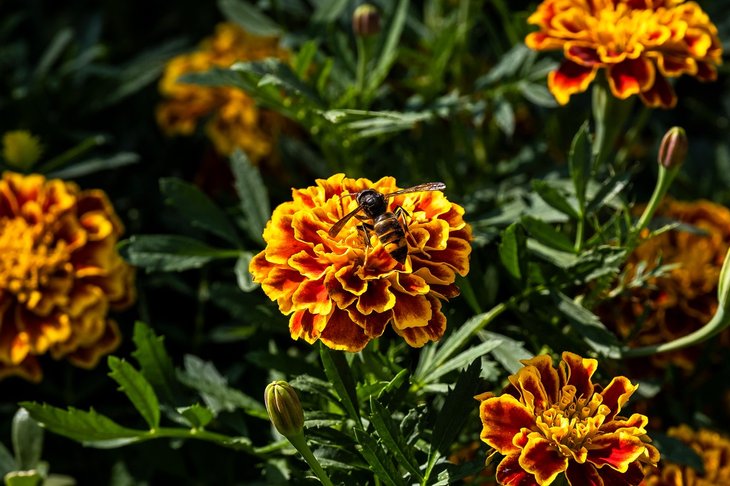Environment education: the killer differences between bees and wasps
Article

Porto.
This episode of “De binóculos no sofá” by the environment team of Porto City Hall teaches how to prompt warning on the Asian hornet, also known as the Asian predatory wasp, as it raises concern as an invasive species in our country., namely in the ecosystem.
It is not that difficult to distinguish between a bee and an Asian Wasp, and this episode by the Environment Team of Porto City Hall will provide some tips. Both insects are of the hymenoptera order, but other than that they both feature different traits.
The most known of these, the European bee, is the honey bee and one of the most important plant pollinators., after all, they are in charge of ¾ of agricultural crops. A vital role for the most little one of these insects –bee, European wasp and Asian wasp - as it is menaced by pesticides and invasive species.
As regards wasps, the European wasp has reddish legs, the Asian wasp has yellowish legs. The Asian Wasp is also the most dangerous of these insects, according to the environmental Team of Porto City Hall. The Asian wasp entered our territory in 2011 and has been dispersing rapidly throughout the territory. And although wasps feed of bees, the European wasp is less predatory because she also feeds of moths and flies. The Asian wasp, instead, prefers pollinator insects. Their action hinders bee activities such as the production of honey and plant pollination. Moreover, wasp colonies grow rapidly, easily reaching 13 thousand insects that can eat up to half a kilo of bees every day.
In turn, the bee is trying innovative methods to discourage attacks such as the building of propolis walls or bee mats that send out a synchronised buzzing sound.
One of the ways of helping to control this plague of Asia wasps and raising the alarm on this particular insect in order to help preserve the ecosystem is to, as explained by the Environmental team, issue an alert every time a wasp nest is spotted, via the website stopvespa.icnf.pt, the Linha Porto. 220 100 220 or the SOS Ambiente 808 200 520.